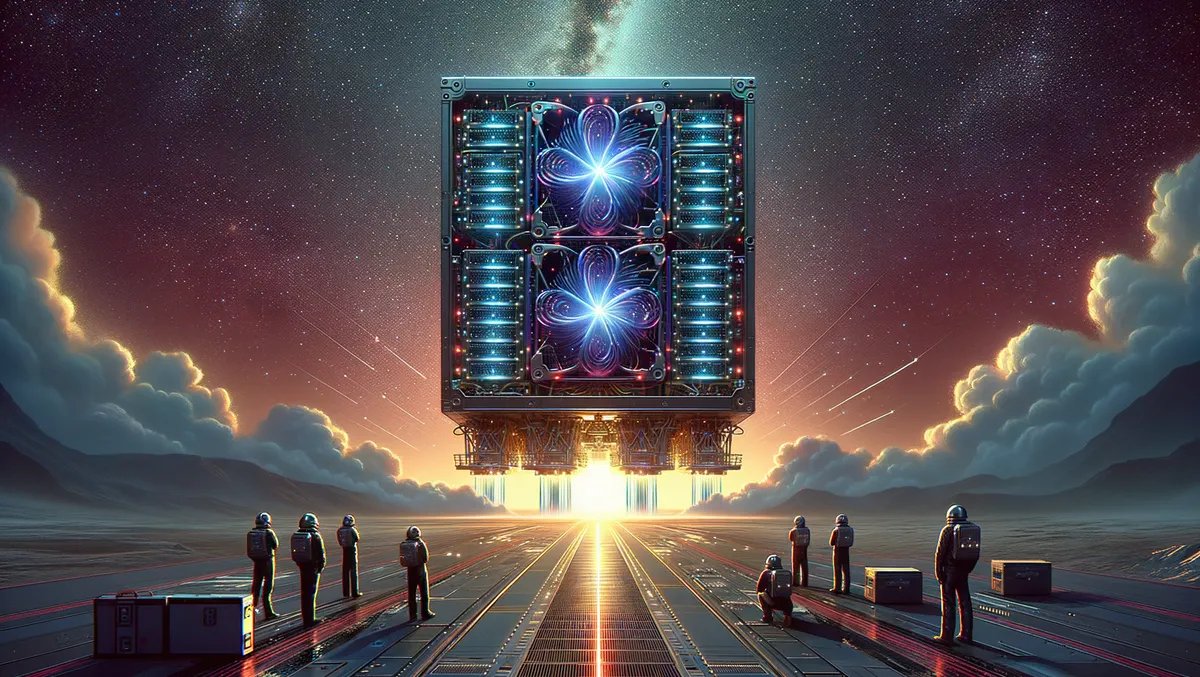
HPE's Spaceborne Computer-2 heads to ISS with highest storage yet
Hewlett Packard Enterprise (HPE) has announced the latest trip of its Spaceborne Computer-2 to the International Space Station (ISS). The computer has been built using commercial off-the-shelf (COTS) servers and will be sent to the ISS via a Northrop Grumman Commercial Resupply Services mission, contracted by NASA, on board a SpaceX Falcon 9 rocket.
This latest HPE Spaceborne Computer-2 mission aims to build on previous successes and offer the international scientific community increased access to space-based edge computing, AI and machine learning capabilities. The updated system can now engage in more complex data centre-level processing and high-performance computing in space, including AI and machine learning tasks.
The recent configuration, which relies on HPE Edgeline and ProLiant servers, boasts over 130 TB of KIOXIA flash-based storage - the most storage to have ever made the trip to the space station within a single mission. This amplified storage capacity will facilitate the running of new application types and larger data set research via the ISS National Laboratory.
Additional improvements to the HPE Spaceborne Computer-2 include an upgraded operating system, NASA space flight support software and new system security. Once it arrives at the ISS, these technologies' status and health will be monitored daily to evaluate their performance within the harsh conditions of space.
Following the installation of the HPE Spaceborne Computer-2 on the ISS, the system will be utilised by researchers to both enhance innovation and save valuable time. Traditionally, data gathered in space had to be sent back to Earth for processing. Having an onboard supercomputer allows data to be evaluated in low Earth orbit in near-real-time. This allows for a 30,000 times reduction in download size, resulting in drastically reduced download times as only the data output, or insight, needs to be sent back to Earth.
Planned research on the HPE Spaceborne Computer-2 includes a federated learning experiment. This project will independently train machine learning models and inference engines originally created on the Cloud. This collaborative endeavour will be run by cloud service providers, with the dual intent of developing machine learning models for use on Earth and maintaining an up-to-date AI inference engine in space.
HPE will once again be asking the public to submit proposals for experiments that can be performed on the HPE Spaceborne Computer-2 at the ISS National Laboratory. The opportunity to engage directly with the technology in this way offers invaluable access to this cutting-edge technology.


